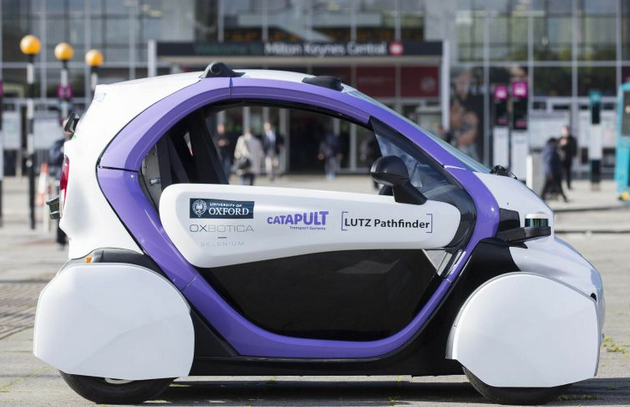I have a new paper published in a special issue on the future of urban transport and mobility systems in the journal Urban Science. This is an open access journal, so the paper is available to all.
The question addressed is the likely impact on autonomous vehicles on urban traffic congestion, a ubiquitous problem that has proved difficult to mitigate. My analysis concludes that little is changed until fully autonomous (‘driverless’) vehicles are on the streets in significant numbers. There would then be two main consequences. First, by dispensing with the driver, taxis and other public service vehicles would cost less, which would increase demand, drawing people from conventional public transport, but at the same time offering an attractive alternative to personal car ownership in urban areas. Second, individually owned driverless cars would at times travel unoccupied, for instance returning to home for use by others in the household, having taken someone to work. Such unoccupied vehicles would add to traffic and their use might need to be regulated if they worsened congestion, to give priority to occupied vehicles.
There is much uncertainty about the feasibility and timing of driverless vehicles in urban areas, but it is not too soon to begin thinking about how policy should best be developed, to secure benefits from the new technology and mitigate possible adverse impacts.

